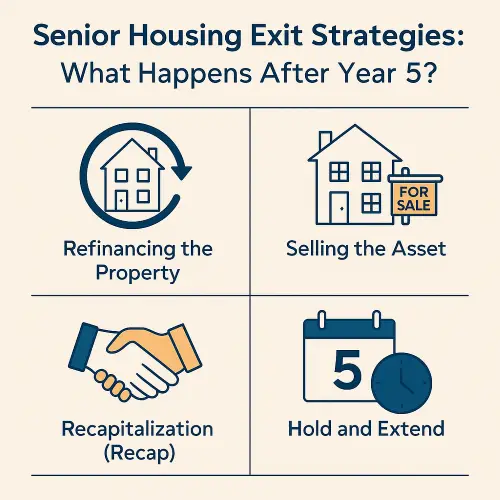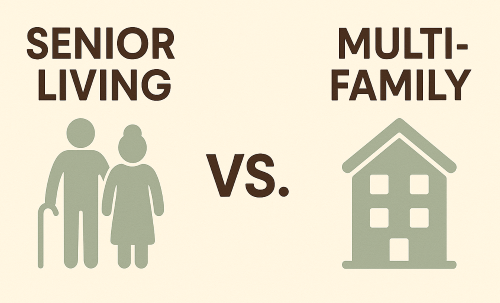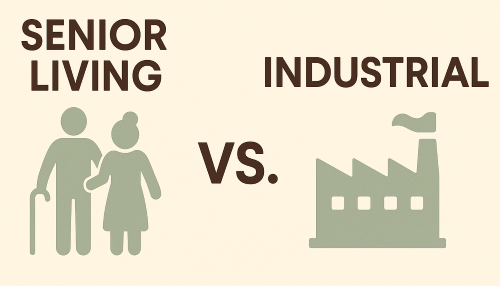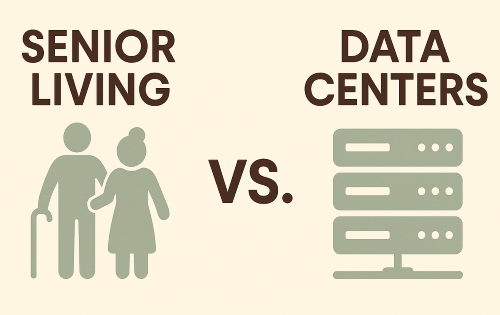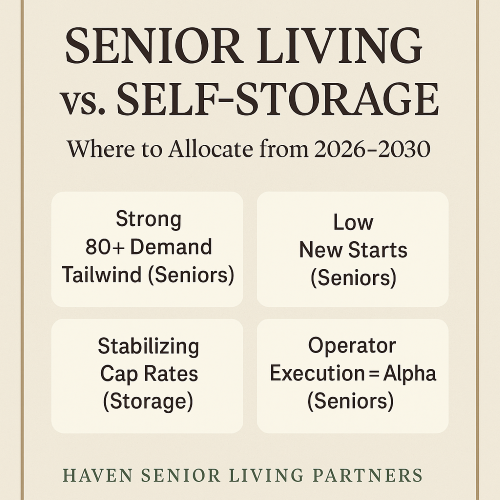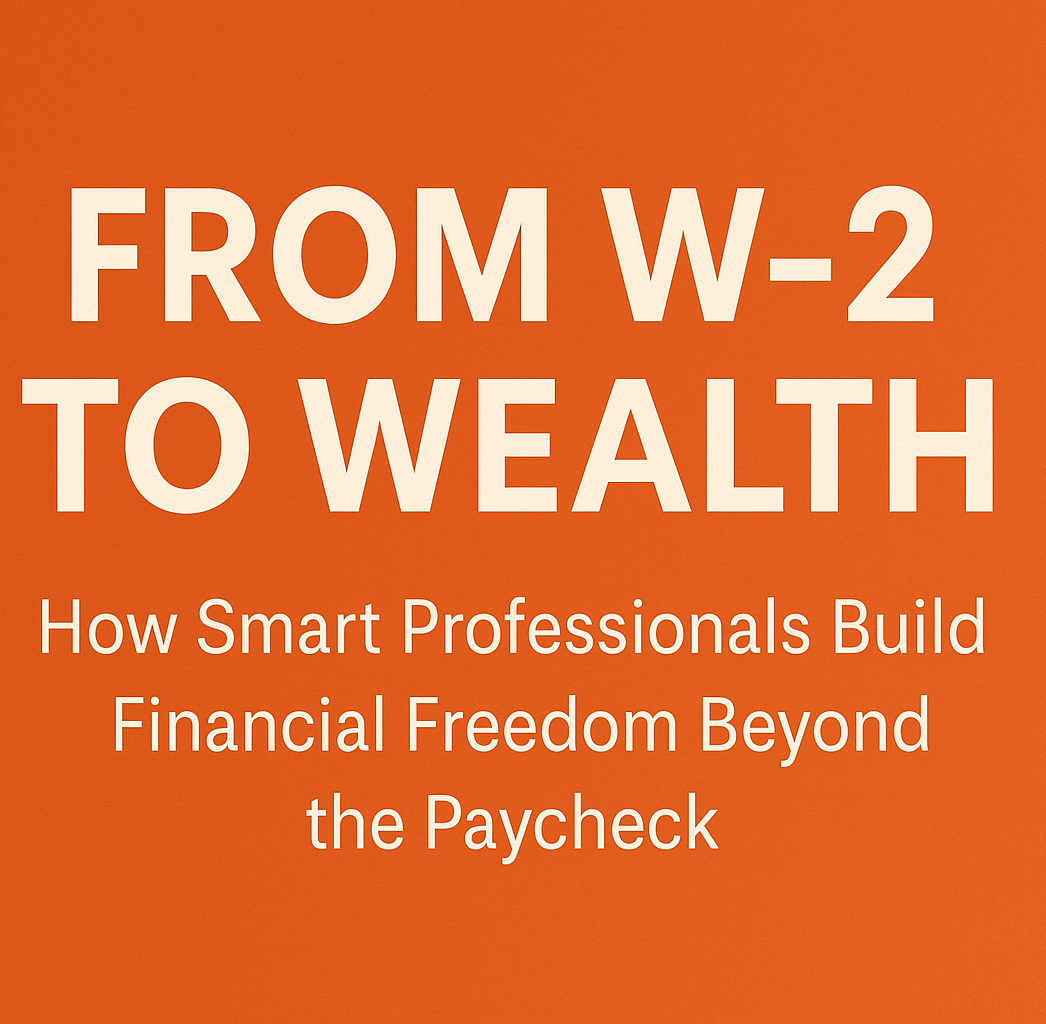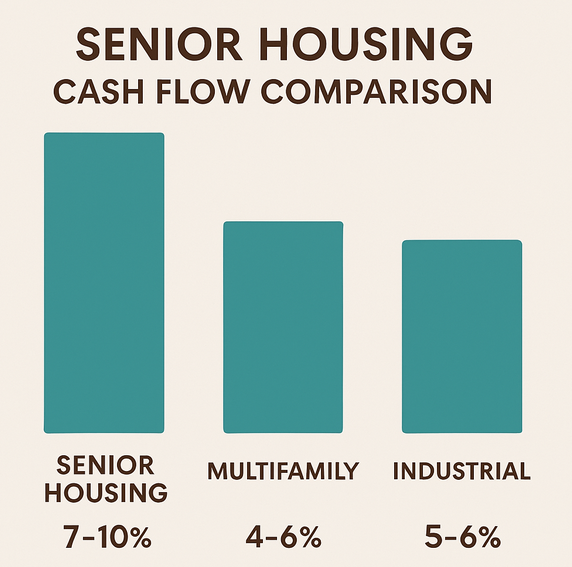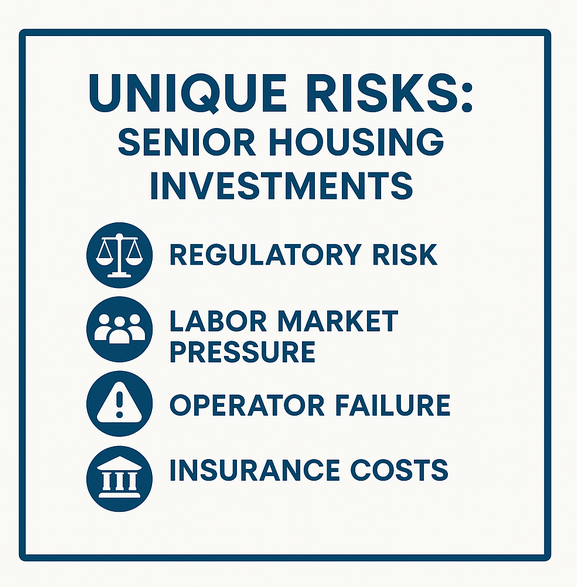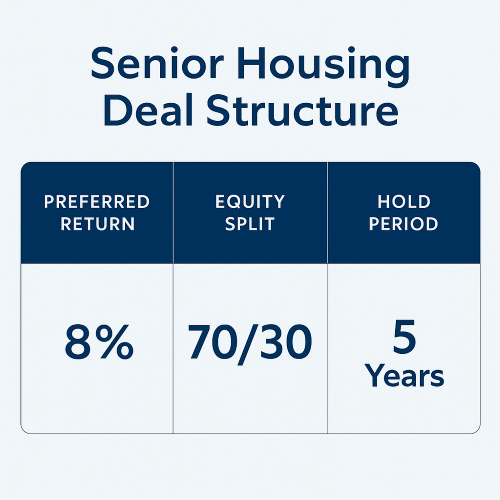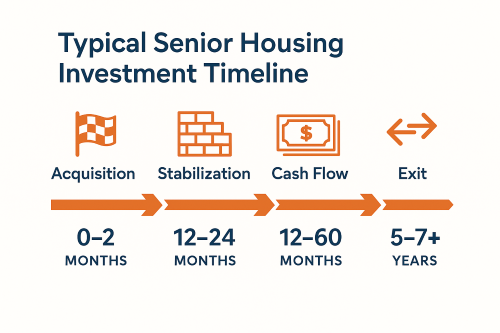The investment horizon ends—but your opportunities don’t.
In most senior housing syndications or joint ventures, the typical hold period is 5 to 7 years. But what happens next can significantly impact your returns, tax planning, and reinvestment opportunities.
This blog breaks down the four most common exit strategies investors should understand before signing on.
Refinancing the Property
What it is:
Replacing the original loan with a new one—often at a higher valuation—allowing owners to extract equity without selling.
Why it works:
The property has stabilized, NOI has improved, and cap rates are favorable.
A cash-out refinance lets LPs receive a distribution, often tax-free.
Pros:
Retain ownership and upside
Often tax-advantaged (no capital gains)
Can reset debt terms for better cash flow
Cons:
Subject to interest rate market
Debt service may increase
Requires re-underwriting and lender approval
Selling the Asset
What it is:
A full sale to a third party (institutional buyer, REIT, family office, or another sponsor).
Why it works:
The property is fully leased, expenses are optimized, and market demand is high.
Pros:
Clean exit with full capital return
Potential for large upside (equity multiple realized)
Frees capital for new investments
Cons:
Triggers capital gains tax
Loss of recurring income stream
Timing matters—market cycle can impact pricing
Recapitalization (Recap)
What it is:
Bringing in new equity partners who buy out original LPs at a new valuation, while retaining the GP or operator.
Why it works:
Allows original investors to exit
GP continues operations
New partners receive stabilized, cash-flowing assets
Pros:
Partial liquidity event for LPs
Continuity for GP and operations
Great when buyers are scarce but performance is strong
Cons:
Complexity in deal structuring
May dilute original ownership
Can result in valuation negotiation friction
Hold and Extend
What it is:
Continue ownership past Year 5 due to favorable cash flow, appreciation potential, or market timing.
Why it works:
Asset is performing and still generating strong returns
Investors agree to continue distributions
Pros:
Continue receiving passive income
Delay taxes on capital gains
Maximize long-term appreciation
Cons:
Investor liquidity delayed
Potential capital expenditures down the road
Requires unanimous or majority investor approval
Exit Strategy Comparison
| Strategy | Tax Efficiency | Liquidity | Retain Ownership | Typical Use Case |
|---|---|---|---|---|
| Refinance | ✅ High | ✅ Moderate | ✅ Yes | Cash-out while keeping asset |
| Sale | ❌ Low | ✅ High | ❌ No | Market is strong, full exit desired |
| Recapitalization | ✅ Moderate | ✅ Partial | ✅ Possibly | Transition ownership, keep ops in place |
| Hold | ✅ High | ❌ Low | ✅ Yes | High-performing asset, no better alternatives |
Smart Investors Plan the Exit at Entry
Whether you’re an LP or GP, the most profitable exits are engineered on Day One. That’s why all Haven Senior Living Partners offerings include:
Defined target hold period
Multiple modeled exit scenarios
HUD 232 assumable loan analysis (if applicable)
Refinance and recapitalization modeling
Want to See Exit Scenarios Modeled on Our Current Offering?
Contact Us to view a sample exit analysis and understand how our conservative underwriting and flexible deal structures protect and multiply investor capital.

